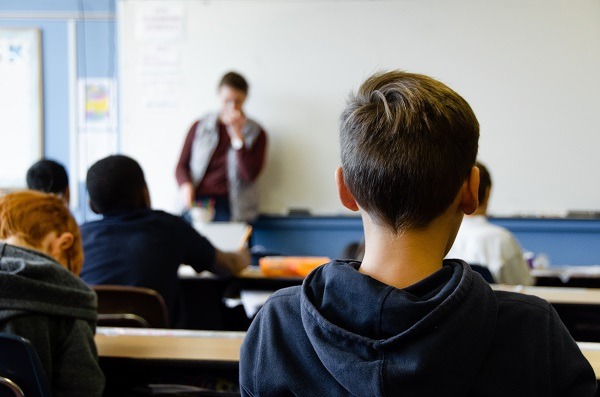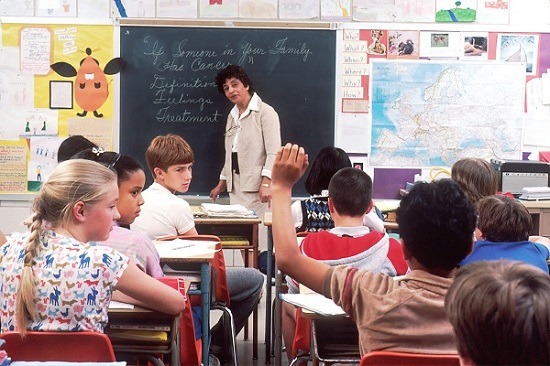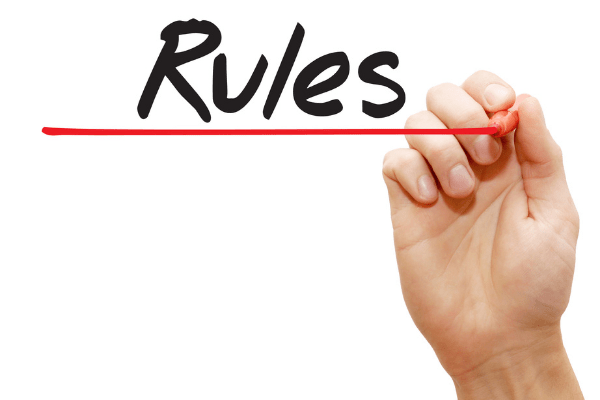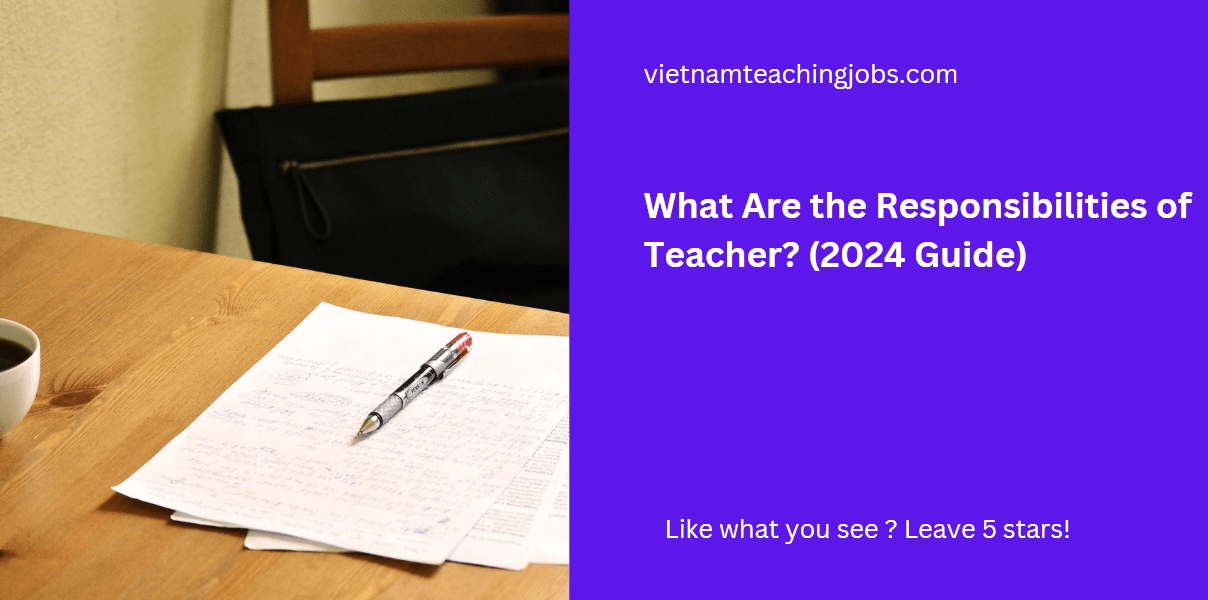HOW TO INCREASE POSITIVE STUDENT BEHAVIOUR
Classroom behaviour and management is an essential part of a TEFL classroom – however good your lesson may be, if the students are not listening and paying attention, then all your learning will be put to waste. 
As a result, it is important that you make sure that you have good classroom management from the very first day and that you take the time to explain and reinforce classroom explanations. This is not a waste of time and a diversion from the “real “teaching but in fact an integral part of your classroom.
There are four essential things that a teacher should consistently do in their classroom to maintain positivity and these are applicable for students from the very young to adults.
1. Use names
– When you address someone by name, you are treating that person with dignity and respect – pupils respond much quicker when you name them directly so make sure that you learn the names of all of your pupils. An effective way to do this quickly is to get pupils to make nametags with a corresponding picture e.g. one class can have animals that represent them / another class can have aliens etc. – in this way, you will have a visual starting point to jog your memory.
2. Say please
– The use of “please” shows respect. The most effective way to use ‘please’ is after a person’s name – e.g. Nguyen, please…. It is hard to be calm to remember to say please when pupils are misbehaving however, with practice you will find this a very effective technique as pupils realize that you are still in control and being polite.
3. Thank you
– When you say thank you’ you are acknowledging that someone did something kindly for you and not because you ordered them to do it.
As with ‘please’, the most effective way to use ‘thank you’ is to use it with the person’s name
4. Smile
– This is the most effective way to produce a positive climate. As you smile and speak, use momentary pauses, for example:
- Smile– smile as you approach the student.
- Feedback– observe the reaction to your smile.
- Pause
- Name– say ‘Nguyen’ with a slight smile.
- Pause
- Please – add please, followed by your request in a calm, firm voice.
- Pause
- Thank you – end with ‘ thank you Nguyen’ and a slight smile.
Example: “Nguyen Please stop talking to Thuy and get to work on your assignment. Thank you Nguyen, (slightly smile)”
WHAT SHOULD MY RULES BE?
In order to have an ordered classroom you need to make rules. However when making rules it is important to think in detail about exactly what you want so that pupils are able to adhere to them. Take into account the ages of the pupils as different ages will need different rules however rules in general need to be set within five themes, namely:-
- Talk – rules about noise and laughter etc. It is important to work out what your noise level in your classroom should be – whether pupils are allowed to talk quietly whilst working or whether there should be silence. At what times do you want the students to talk and how will they know if it is getting too loud?
How do you want the pupils to respond when they want to talk – do you want them to put up their hand? Shout out answers? It is important to be clear of what you want when setting this rule.
- Movement– rules about standing and sitting, entering and leaving the room, moving around the classroom etc. This rule depends on your teaching style and the age of the pupils as well as the space of the room. Think about how you want pupils to move in the classroom – if they need a rubber from the shelf are they free to get up and get it or do they need to ask first? Do you want pupils to sit on the mat for circle time or remain on their chairs? When the class is over do you want the pupils to just leave when the bell goes or to wait for you to dismiss them?
THINK THROUGH ALL THE POSSIBILITIES BEFORE YOU START THE CLASS
- Time – rules about arriving late, about “wasting time” and time taken by pupils to complete tasks etc. Decide what you want the pupils to do when they arrive late – do you want them to stand and apologize/ sneak in as quietly as possible so that the class is not disturbed? How will you speed up the pace of the lesson – will you give time limits for activities? Do a countdown etc.?

- Teacher- pupil relationship– obedience, manners, insolence etc. You need to keep your student behavior to some extent by thinking about possible boundaries – how do you want the pupils to address you? What will happen if a student refuses to follow your instructions? Do you have administrative back up?
- Pupil- pupil relationship– fighting, name calling, interfering with another pupil and his work etc. Especially for the younger age range, this is an essential aspect to think clearly about.
IT IS IMPORTANT TO MAKE SURE THAT YOU HAVE SET RULES FOR YOUR CLASSROOM
It is essential that you state your specific behavior expectations.
Here are some specific rules that you may want to consider for your discipline plan:
Universal specific rules.
- Follow directions the first time they are given.
- Raise your hand and wait for permission to speak.
- Stay in your seat unless you have permission to do otherwise.
- Keep hands, feet and objects to yourself.
- No cursing or teasing.
Classroom rules.
- Wait for directions with no talking.
- Eyes front when the teacher is talking.
- Change tasks quickly and quietly
- Complete the morning routine.
HOW TO INTRODUCE YOUR RULES.
It is important to introduce the discipline plan on the first day of school, as it will facilitate your effort of increasing your student behavior. Before you do so, you need to make sure that the following things have been done:
- You have carefully planned for what you want to accomplish
- You have written the rules to help you accomplish those goals.
- You have posted the rules, along with the consequences and rewards
It is important that pupils know and understand the rules
To introduce your discipline plan, this is what you might say:
1/.” We are all here for YOU – for you to succeed and to enjoy this class. Because I care about each of you , I am here to help you. So I will not allow you to do anything that will interfere with your success in this class. ”
2/. “We will be working together this year. We need to have a class where you can come without fear of being laughed at or threatened. Because I care about ALL of you, I will not allow you to do anything that will interfere with someone else who is trying to learn.”
3/. “ I am the teacher and I am looking forward to being your teacher this year. I have an exciting year of learning planned for you and I will not allow you to do anything to interfere with my desire to teach you. Nor will I allow you to do anything that will interfere with all of us having an enjoyable year. ”
4/. “So that YOU can learn, so that WE can all learn, so that I can teach, I have a set of rules to ensure that we will have a safe and orderly classroom.”
The rules should be written and permanently posted in the classroom and given to students on paper or copied by students into their notebook.
Classroom management is vital to the progress of a classroom – positivity is essential so that you remain calm and in control. Remember that preparation is vital and it is only through planning for all eventualities that you will be able to react in a professional manner.
Are you facing difficulties in finding and securing teaching positions in Vietnam? Are visa procedures causing you trouble? Feeling overwhelmed and directionless upon your arrival in Vietnam for teaching assignments? Don’t worry, VTJ’s English Teaching Placement in Vietnam (EPIV) Program 2024 provides comprehensive support to solve ALL the matters.
👉👉👉 Click HERE to request free consultation






